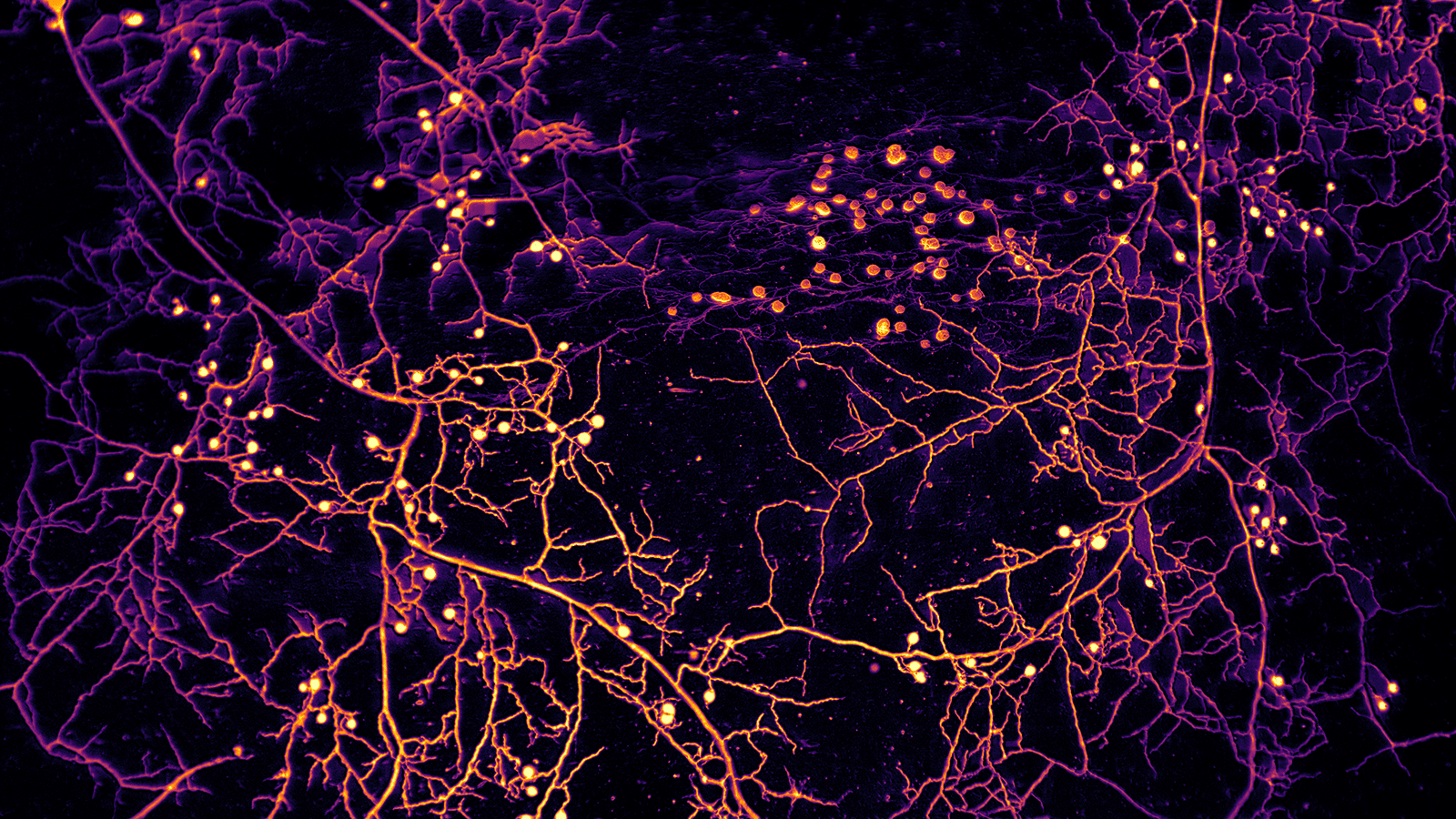
Riding a wave
By
on
You can see that at the beginning, the sheet and marble are almost touching, but as the sphere falls, the two grow further apart. This effect – a particle surfing its own wave – was identified by a team of researchers from Howard Stone’s lab in Mechanical and Aerospace Engineering, along with their counterparts at the Flatiron Institute and the Center for Soft Matter Research, both in New York. They hope this research will help measure elastic properties of biological membranes, or help learn how to separate particles, said Naomi Oppenheimer of the institute, one of the authors of the paper, which was published in Nature Physics last month. The other authors are Bhargav Rallabandi, an MAE postdoctoral researcher, Matan Yah Ben Zion of the Center, and Stone.
The research was supported by the National Science Foundation, the Carbon Mitigation Initiative of Princeton University, and the Center for Bio-Inspired Energy Science, which is an Energy Frontier Research Center funded by the U.S. Department of Energy, Office of Sciences, Basic Energy Sciences.







